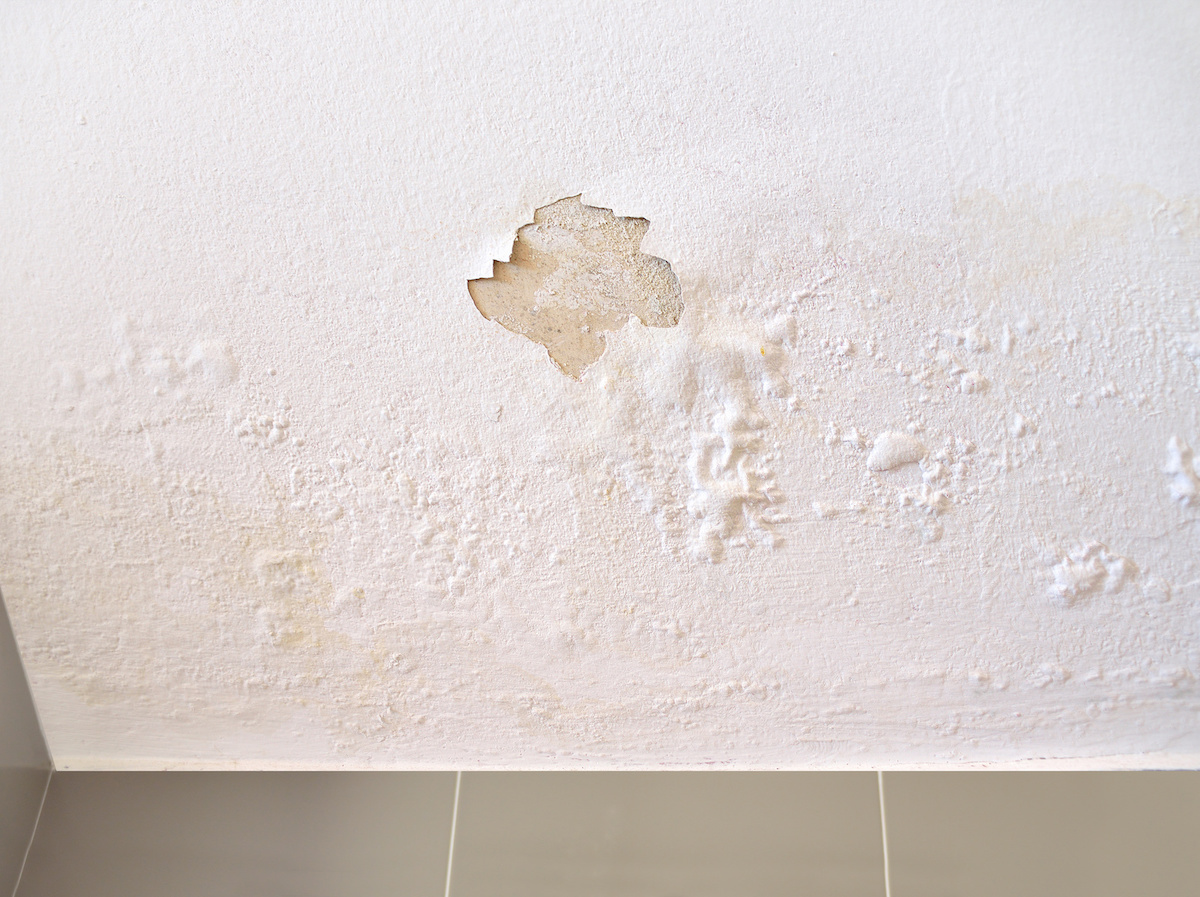Just How to Avoid Water Damage in Your Bathroom
Just How to Avoid Water Damage in Your Bathroom
Blog Article
Are you currently hunting for information about Preventing Water Damage in the Bathroom?

The shower room is exceptionally susceptible for wet accumulation as well as possible water damage due to the regular use water in it. This article provides straightforward inspection techniques to assist discovering water damages threats.
The frequent use of water in the shower room makes it exceptionally at risk for moist build-up as well as possible water damages. By inspecting it routinely, you can decrease water associated problems.
The adhering to collection of inspections is easy to carry out as well as must be done as soon as in every 3 months in order to maintain your bathroom in good shape and to avoid prospective water damages triggered by the tub, the shower, pipeline joints and also plumbing, sinks, closets, and also the commode
Do not neglect performing these inspections and be comprehensive while doing them. Keep in mind that these simple inspections can conserve you a great deal of cash by offering early indications for water damages
Sinks and also Cabinets
Sinks and also cupboards are subjected to moisture and also humidity daily and are often overlooked. Inspect regularly under the sink and also on the kitchen counter over it. Fix any type of drip in the trap as it may suggest drainpipe troubles. Browse the sink, sluggish draining pipes may indicate an obstructed drainpipe. Change sink seals if they are broken or loose.
Bathtub and also Shower
The shower and also tub require unique interest and upkeep. Inspect the tiles and also replace if cracked. See to it that there is no missing out on grout in between the ceramic tiles. Inspect and change split caulking at joints where the walls meet the flooring or the tub. Clogged drains pipes as well as pipes troubles will certainly avoid the bathtub from drying out and might suggest significant issues beneath the tub. Consult with a specialist instantly to stop structural damages. Take note of stainings or soft areas around the tub wall surfaces as they may indicate an inner leak.
Plumbing
Signs for water damages are difficult to detect given that many pipelines are set up inside the walls.
Pay unique attention to floor covering and wall surfaces moisture and also stains as they might suggest an invisible plumbing trouble. Check moisture degrees in adjoining areas as well.
The Commode
The toilet is a prone water junction. Inspect the water lines and look for leakages around the bathroom seat, in the tube, as well as under the water container. If you discover any kind of signs of dampness on the flooring around the toilet, check for leakages in the toilet edge and storage tank seals.
Realize that hanging toilet bowl antiperspirants raises the chances for blockages.
10 TIPS TO PREVENT WATER DAMAGE IN THE BATHROOM
The average household uses approximately 80-100 gallons of water per person per day. For a family of 4, that's almost 2,500 gallons of water a week! The largest portion of this consumption comes from bathroom use. Flushing the toilet uses the most water, followed by taking a shower or bath. With that much water running through the home, water damage in the bathroom is bound to happen. Knowing how to spot signs of a water leak is essential to preventing long-term damage. This guide provides you with tips to reduce the impact of water damage on your bathroom.
CAUSES OF BATHROOM WATER DAMAGE
Pipe breaks are the most common cause of water damage we see in our daily jobs. The age of a pipe plays a large role in a pipe break as well as corrosion. Over time, the metal begins to break down, allowing water to escape. Frozen pipe breaks are also a concern in the winter months. Toilet overflows caused by paper products or children flushing inappropriate items. Degraded caulking around the toilet or bathtub can allow water seepage, sometimes behind the fixture, into the subfloor or walls. Condensation forms when the water in a pipe is cooler than the air temperature. Beads of water form on the exterior of the pipes, sometimes so much so that the water begins to drip and pool below. Sink or shower backups created by poor drainage. HOW TO PREVENT WATER DAMAGE IN YOUR BATHROOM
Inspect your toilet supply line for worn or frayed hoses and replace them as needed. Winterize your plumbing to prevent a frozen pipe break. Use vent fans to prevent condensation that can lead to mold growth. Routinely check and replace degraded caulking around your toilet or bathtub. Increase the temperature in your toilet tank and insulate your pipes during the warm summer months to keep condensation from forming. Use child safety locks on the toilets. Flush only toilet paper. "Flushable" wet wipes are actually not good for your plumbing system. Additionally, feminine hygiene products should not be flushed. Prevent water from escaping the tub or shower. Make sure shower curtains are in good condition. Inspect shower doors and replace the seal strip if necessary. Wipe up any water that accumulates on the floor and use bath mats. Water left to sit can cause damage to the tiles and flooring. Refrain from using bath products containing heavy oils to avoid a clogged drain.

I'm just very excited about How to Fix a Water Damage Bathroom and I'm hoping you appreciated the entire piece. Are you aware of someone else who is fascinated with the topic? Feel free to share it. I treasure reading our article about How to Repair and Prevent Bathroom Water Damage.
Contact Us Report this page